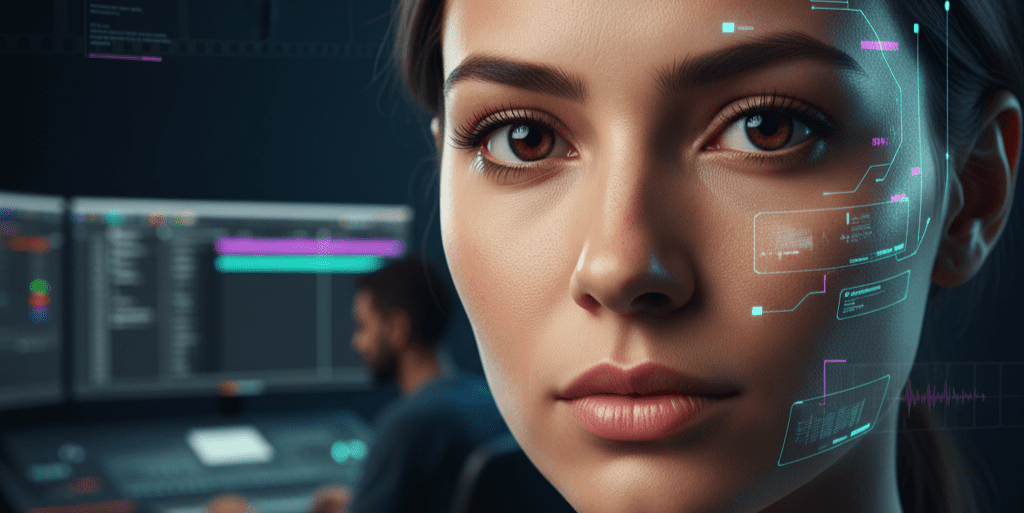I used to spend hours editing videos before I discovered these AI video editing software. They speed up repetitive parts of the process like auto-cuts, captions, and rough assembly. Using these AI video editors transformed my workflow. The best benefits I celebrated were big time savings on tasks like filler-word removal, VFX work, and generating subtitles.
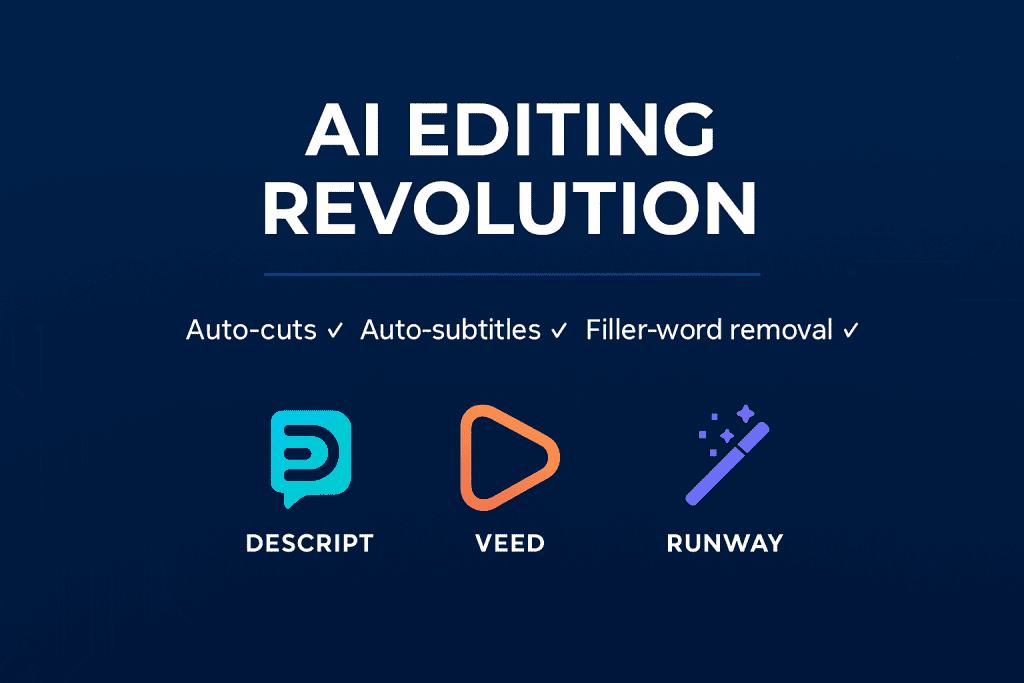
Why AI Video Editing Software this matters
AI video editing software are incredibly useful for removing busywork and accelerating repetitive tasks. They produce faster rough cuts, automate captions, and cut down long-form footage into ready-to-publish clips. At the same time, they are assistants rather than replacements: the best use is to augment an existing workflow and let a human editor perform the final polish.
Common outcomes creators see
Time saved: Major reductions in time spent on silence removal, filler-word cleanup, and subtitle generation.
Faster social outputs: Automatic clipping and auto-formatting make producing short-form content much quicker.
VFX acceleration: Inpainting and rotoscoping shortcuts save hours on complex visual tasks.
Reality check: Outputs often need manual polishing; generative content can be uneven; free plans frequently limit exports or add watermarks.
Ai video editing softwares breakdown: what matters and who benefits
Descript

Why it stands out: A transcript-first editor that lets you edit video by editing text. This radically changes spoken-word workflows.
Most useful features: transcript editing workflow, voice cloning (Overdub), and easy filler-word removal.
Who benefits most: talking-head creators, podcasters, and anyone who edits long-form spoken content.
Things to watch for: it speeds editing dramatically but isn’t a full NLE replacement; expect occasional stability issues, export quality limits on some plans, and restricted free transcription minutes.
Veed.io
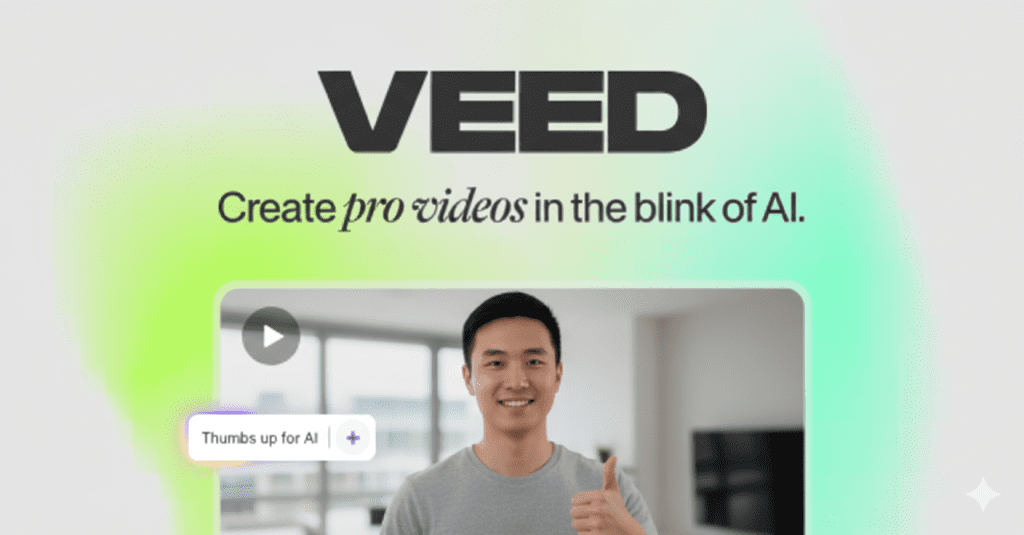
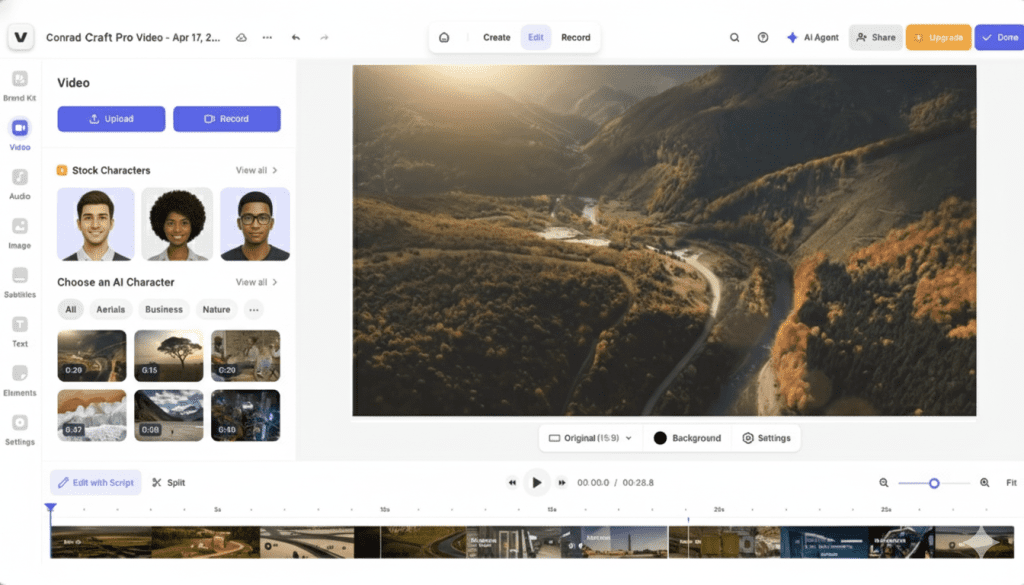
Why it stands out: A simple, browser-based editor built for fast social posts and quick turnarounds.
Most useful features: fast auto-subtitles/captions, an intuitive web UI, and easy exports for social aspect ratios.
Who benefits most: creators who need quick, no-install workflows to produce shareable clips.
Things to watch for: watermarks, limited free exports, confusing pricing tiers, and occasional bugs — some users consider short-term paid plans just to remove watermarks or get higher-res exports.
Runway ML

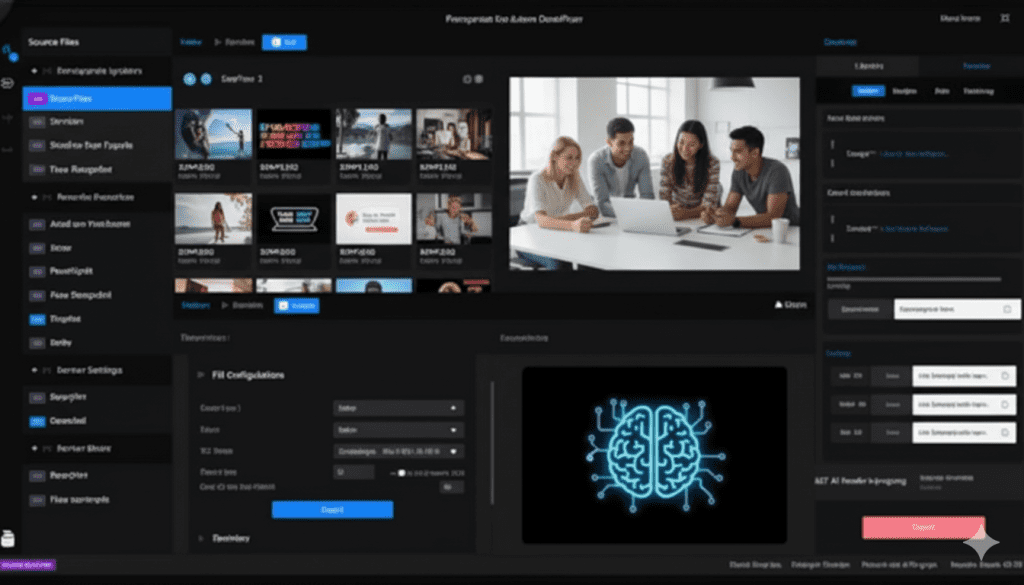
Why it stands out: A creative, generative playground focused on in-frame editing and VFX rather than a traditional timeline editor.
Most useful features: inpainting, text→video experiments, and tools that dramatically shorten rotoscoping and manual VFX work.
Who benefits most: creators who want novel visuals and faster VFX workflows.
Things to watch for: generative output quality can vary, credit/usage costs can add up on non-free plans, and core timeline editing is generally weaker than dedicated NLEs.
Ai video Editing Software | Key Features | Key Limitations |
| Descript |
|
|
| Veed.io |
|
|
| Runway ML |
|
|
Quick practical checklist
- Use transcript-first tools for speech-heavy projects (podcasts, interviews).
- Use browser-based editors for fast social clips and automatic subtitles.
- Use generative/VFX tools when you need in-frame effects or to dramatically speed rotoscoping/inpainting.
- Always plan for final manual polishing — AI handles the rough work, not the final creative decisions.
- Check export limits, watermarks, and plan costs before committing to a workflow.
Conclusion
In 2025–2026, AI video editing software is about productivity and creative augmentation. Transcript-driven editing, browser-first social tools, and generative VFX platforms each solve different problems: speeding spoken-word edits, accelerating social publishing, and reducing manual VFX labor. Used together, they trim busywork, speed roughs, and free creators to focus on storytelling and final polish — while recognizing that a human editor remains essential for professional-quality results.

